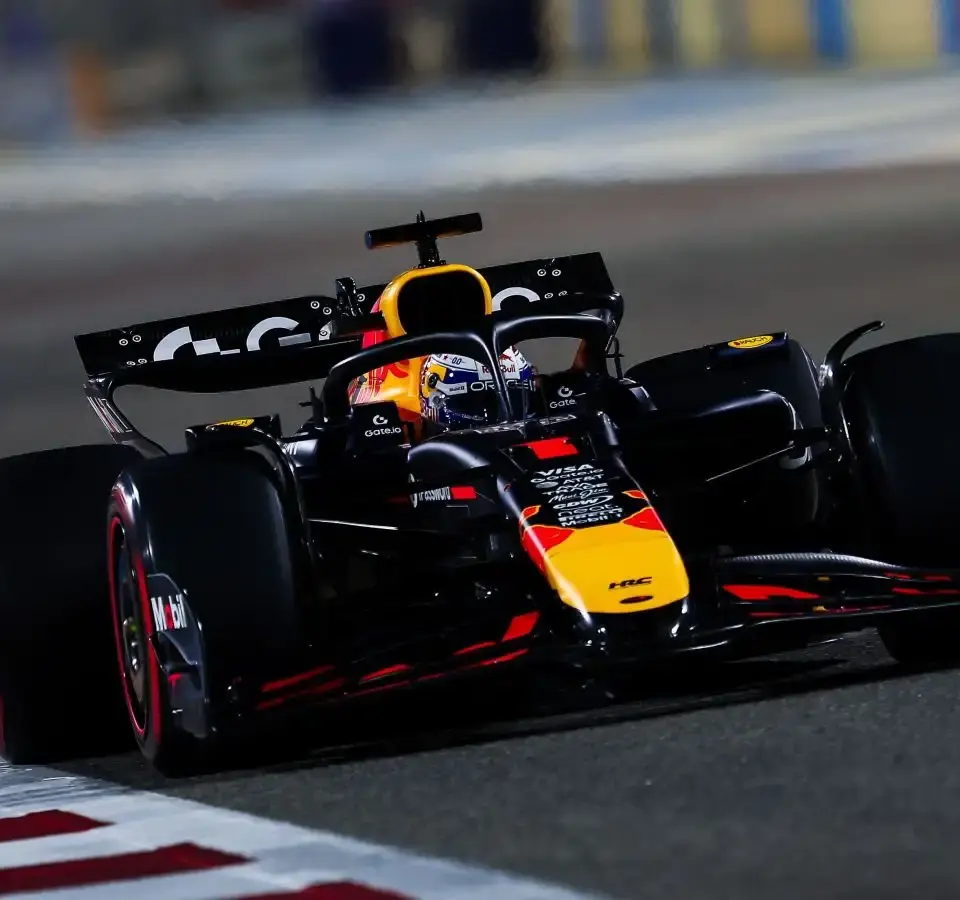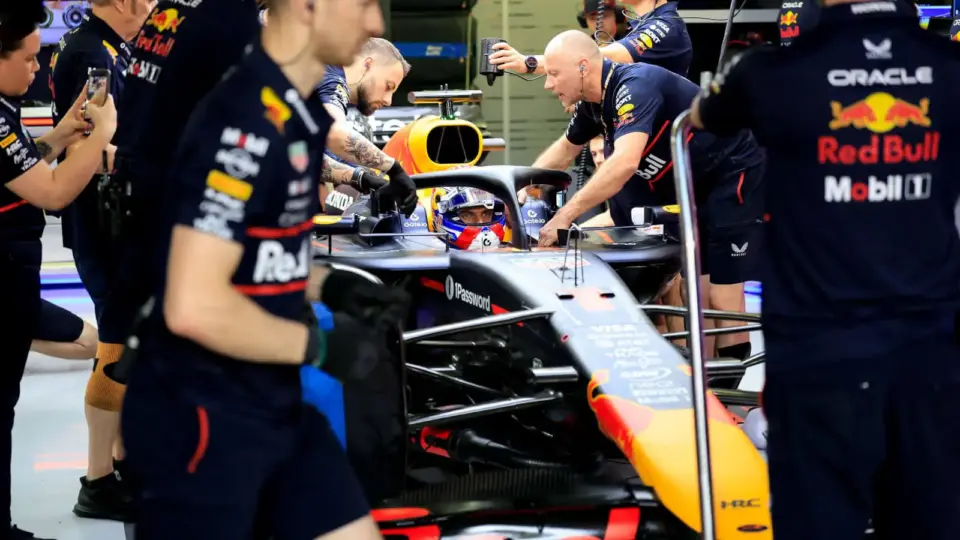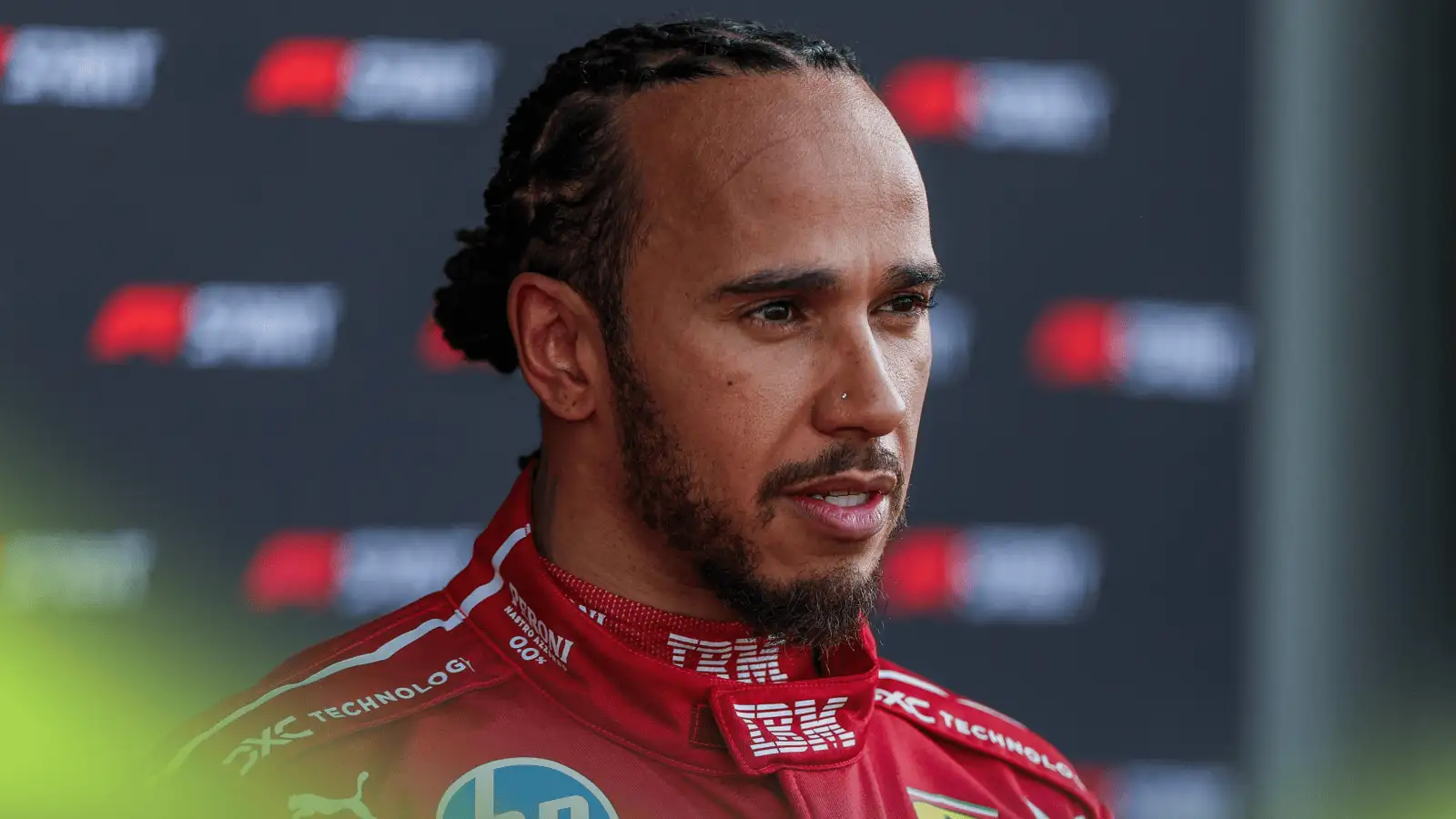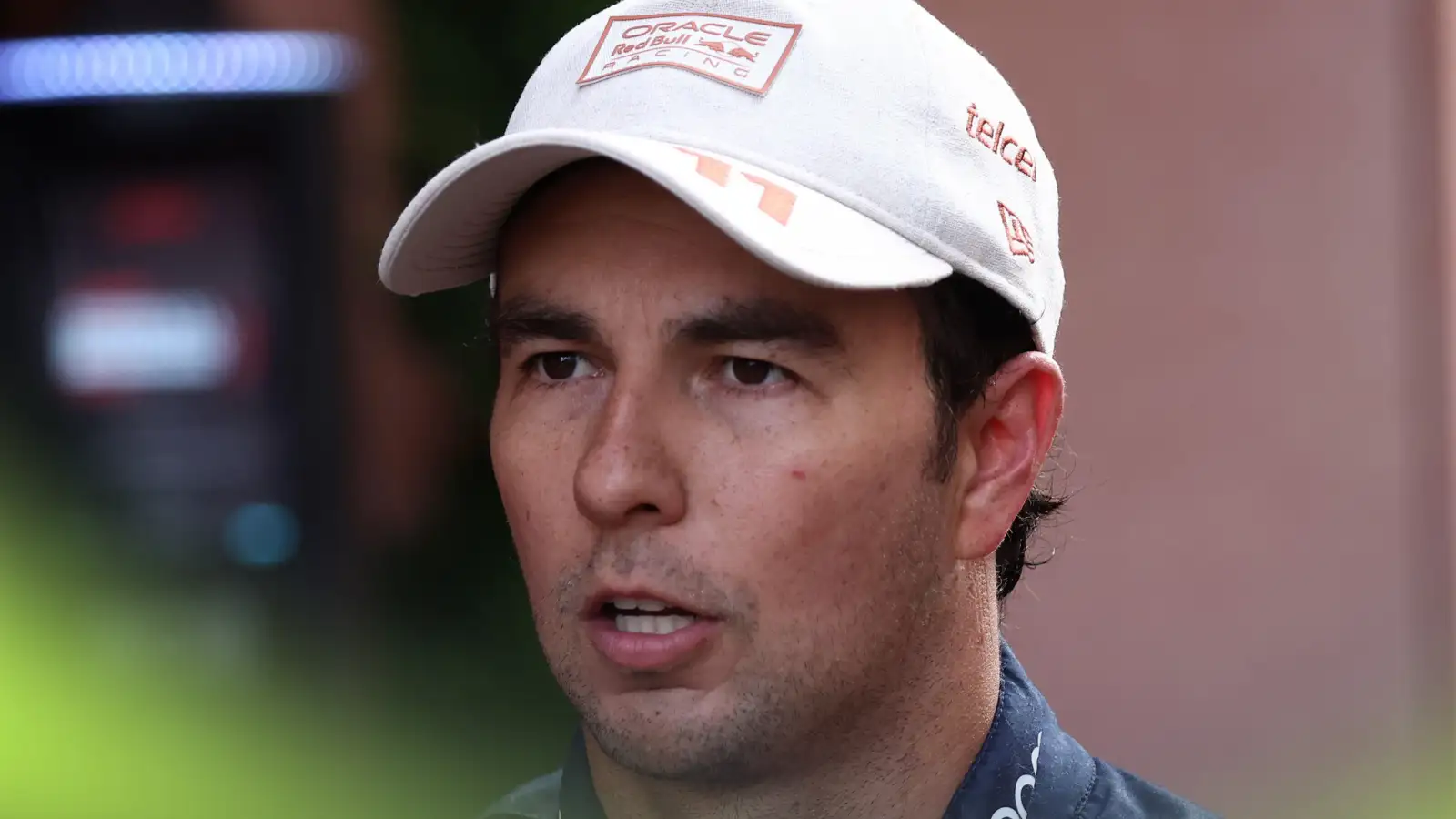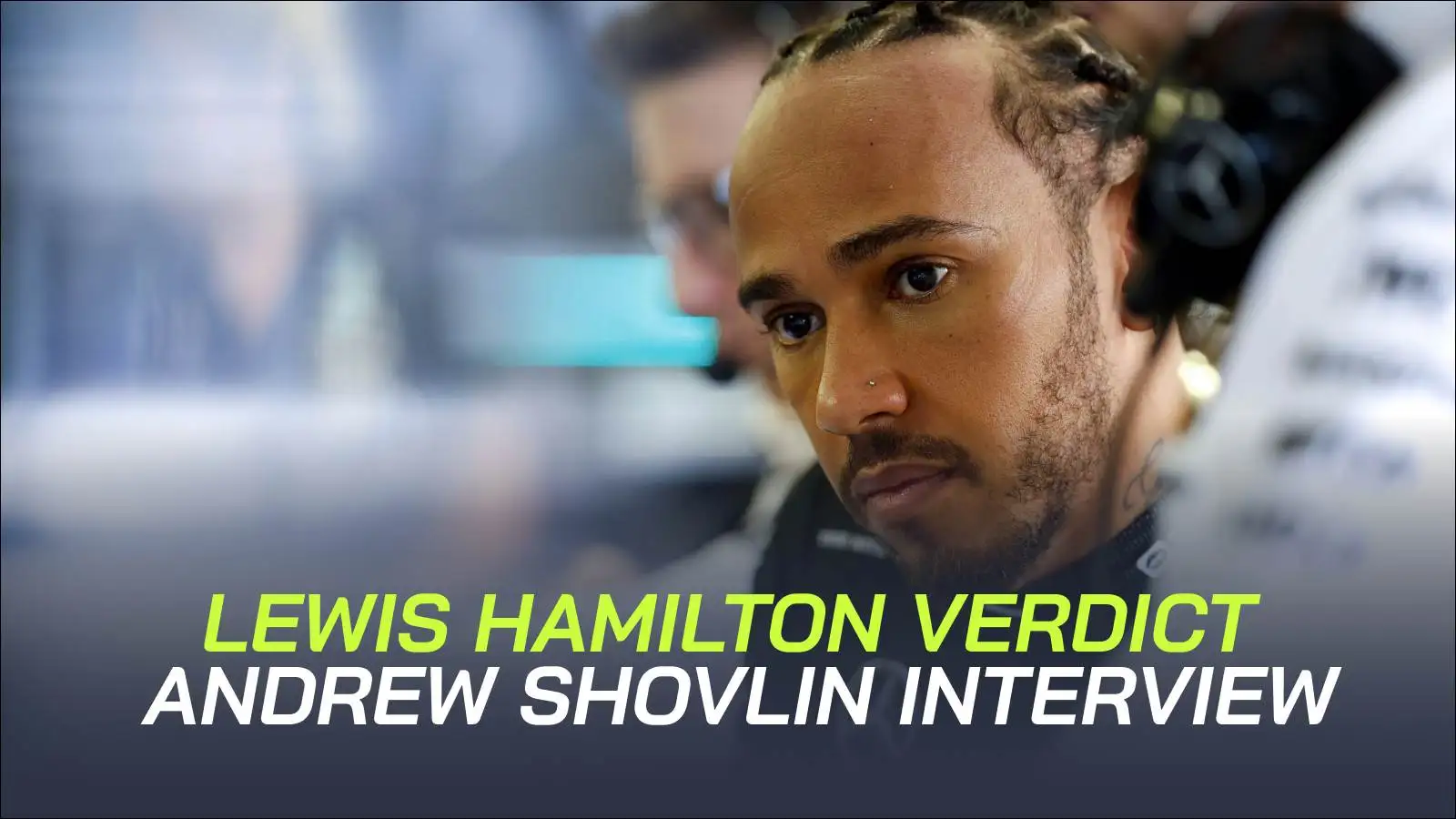Max Verstappen, renowned for his exceptional driving skills, faced a stark contrast in Bahrain after a stellar performance in Japan. Notably, in qualifying, Verstappen only secured the seventh spot, while teammate Yuki Tsunoda was slated to start tenth. This reveals intriguing insights into the reigning champion’s unexpected dip in performance at the Bahrain GP.
The telemetry data from Bahrain GP sheds light on the challenges Max Verstappen and Red Bull face. It highlights the RB21’s departure from the dominance once showcased by its predecessor. In stark contrast to the success in Japan, the Bahrain circuit proved unforgiving, bringing to the forefront issues that demand attention before Red Bull can reclaim its victorious stride.
RB21’s Performance Conundrum
The Red Bull RB21 has yet to reach the heights of its older sibling, the RB19. The Japanese GP showcased how challenging the RB21 can be, especially as Yuki Tsunoda got behind the wheel. It needs a fine-tuned touch to perform within its narrow limits, making it a difficult beast to tame.
Key issues for the RB21 include a lack of rear-end grip and persistent understeer, usually suiting Verstappen’s style. Still, even he has struggled to predict its behavior in recent races, evident from frustrating moments like a major front lock-up during Bahrain’s Q1.
Verstappen’s radio expressed dissatisfaction with the car during his difficult Q1. Compared to Piastri, Verstappen had a decent first sector due to top speed. However, he faltered in sectors two and three, where Red Bull fell short of expectations amidst growing competition.
Yuki Tsunoda: Steps Forward?
While Yuki Tsunoda making it to Q3 was progress, his inability to improve on Q2 times highlighted enduring issues with the RB21’s complexity. The high-track evolution in Bahrain didn’t help either, leaving room for improvement.
Tsunoda struggled particularly in the corners between Turns 5 and 7, trailing Verstappen’s speed. Despite some progress, a considerable gap remains between the two Red Bull drivers, pointing to Tsunoda’s need for more time to adapt.
Strategizing for Success
Bahrain’s race is poised to challenge Verstappen and Tsunoda, relying heavily on strategy. Red Bull’s previous strategies, involving specific tire choices, might come into play, but circumstances have shifted this season.
In Bahrain last year, Red Bull’s unique tire strategy set them apart. As the current season unfolds, the question of whether Verstappen’s talent can overcome RB21’s weaknesses remains. Tsunoda must seize this chance to strengthen his confidence and contribute significantly.
Telemetry Insights and Realities
Telemetry paints a stark picture of the RB21’s hurdles. Verstappen displays comfort in familiar settings, but the Bahrain track posed unusual challenges.
Comparisons with McLaren’s Lando Norris reveal where Red Bull falters. Norris’s confidence in applying throttle through demanding turns underscores the work Red Bull must undertake to bridge the gap.
The telemetry not only reveals Red Bull’s struggle but also emphasizes McLaren’s edge this season, where Norris and Piastri seem more at ease.
A Steep Learning Curve
The RB21’s complexity demands precision only Verstappen can consistently achieve. His long tenure at Red Bull allows for a deep understanding of the car’s quirks. New drivers face a steep learning curve with the RB21’s intricacies demanding their focus.
Building trust in such a demanding vehicle takes time, as Tsunoda’s adaptation underscores. Gaining consistency in their performances might hold the key to unlocking Red Bull’s potential amid fierce competition.
Changes on the Horizon?
The Bahrain GP marks a pivotal moment for Verstappen and Tsunoda. Red Bull’s recent consultations with the FIA indicate possible developments. Verstappen’s incessant drive for improvement pushes Red Bull towards refining their strategies.
The dynamics within Red Bull hint at potential changes that could impact long-term performance. Amidst ongoing challenges, Red Bull seeks to re-establish itself effectively.
Tsunoda’s effort to bridge the gap with Verstappen could signify forthcoming shifts within the Red Bull camp, influencing competitive dynamics.
Looking Ahead
The data-driven insights from Bahrain present lessons vital for Red Bull’s future races. Recognizing the nature of these challenges is the first step in addressing the RB21’s current deficit.
Verstappen remains a formidable contender, with the Bahrain GP offering a stepping stone for Red Bull’s resurgence. As for Tsunoda, the racing path ahead could shape his growth within the team.
Learning from Bahrain’s challenges imparts invaluable experience crucial to Verstappen and Tsunoda’s trajectory, guiding them towards refined strategies.
Telemetry Beyond Bahrain
Beyond Bahrain, the RB21’s limitations must be tackled head-on. Red Bull’s analytical approach allows them to strategize and adapt, potentially leading to future success.
Acknowledging the telemetry data provides an opportunity to focus on innovation and creative problem-solving. Verstappen and Tsunoda can leverage these insights for future accomplishments.
As Red Bull refines their approach, their focus remains on extracting every ounce of performance to compete at the highest level.
While Bahrain exposed challenges, it also illuminated paths forward for Red Bull. Verstappen’s skills and Tsunoda’s determination could become the driving forces for overcoming the RB21’s complexities.
